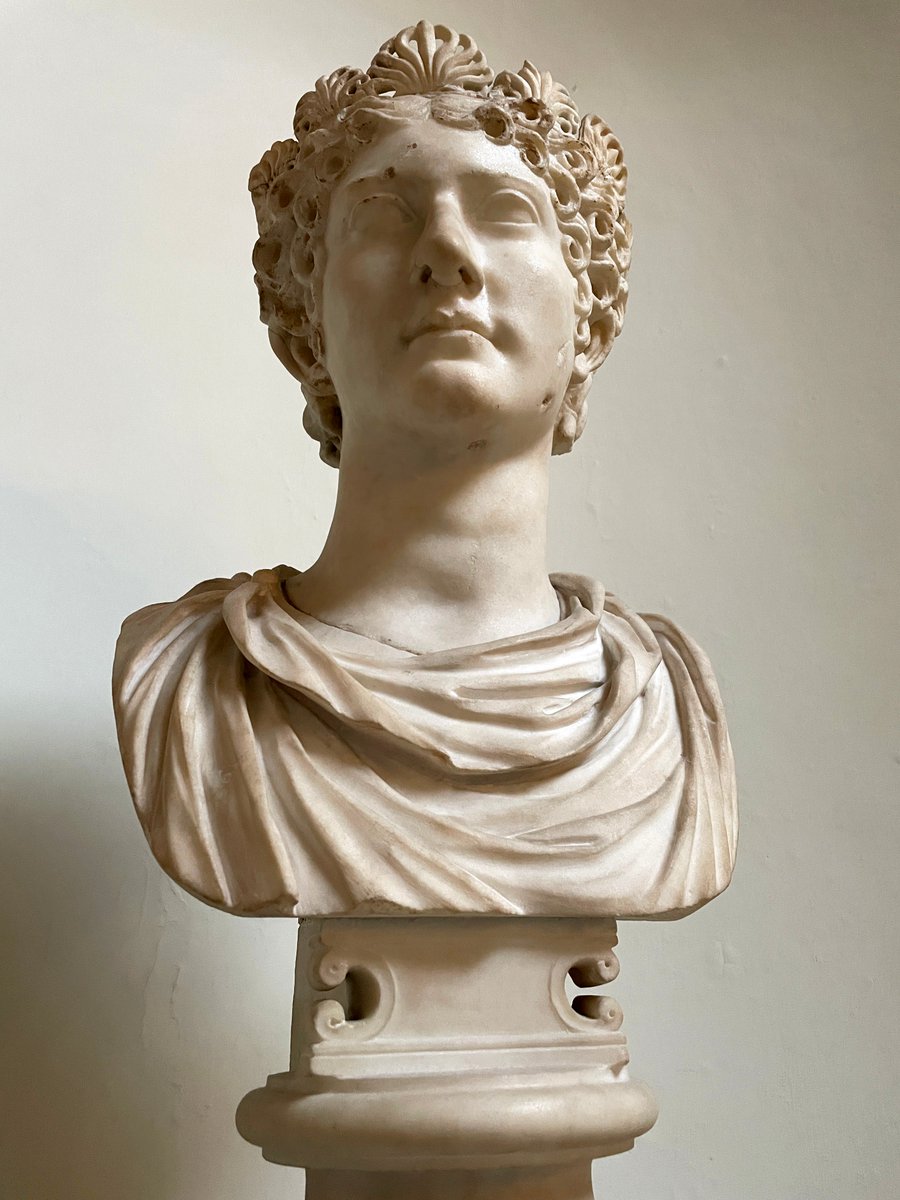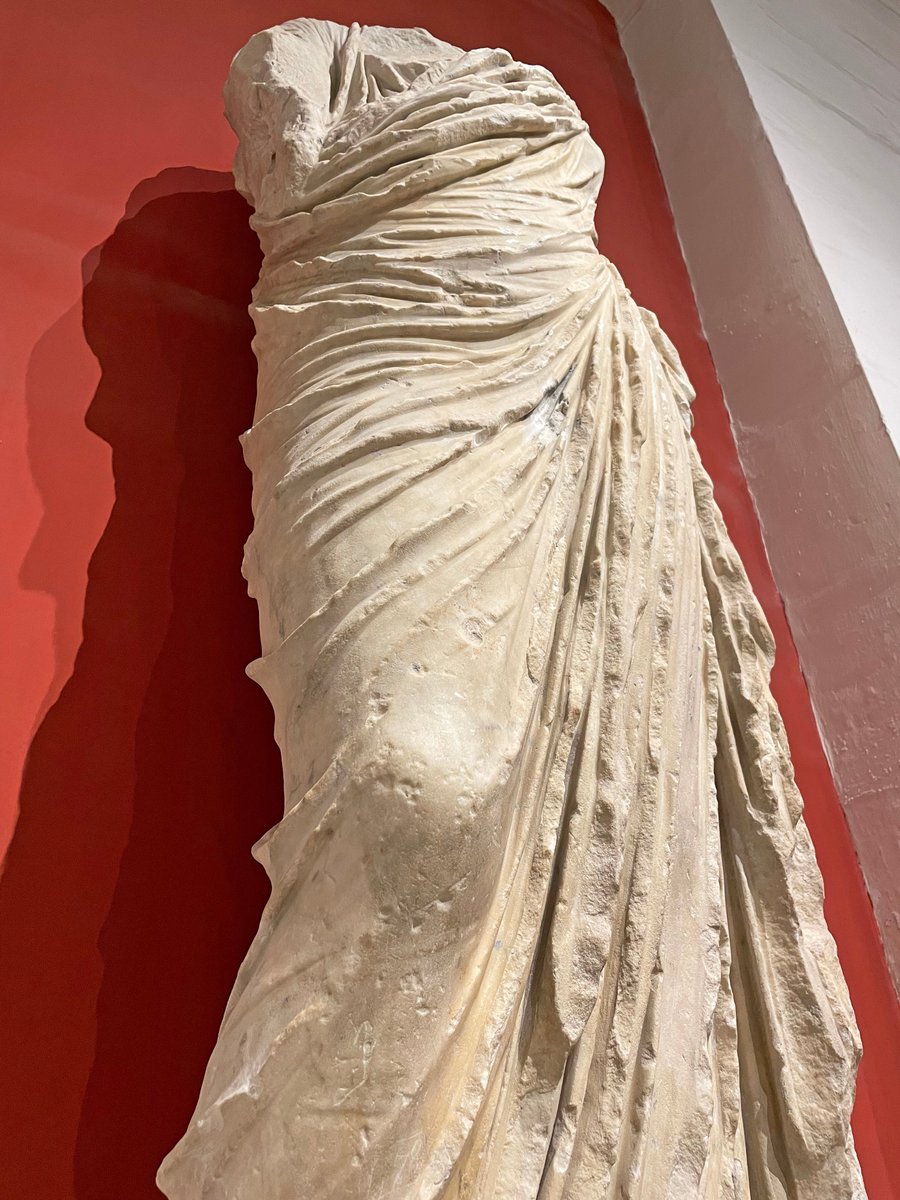
1) A beautiful Roman marble statue thought to depict Claudia Antonia, daughter and oldest surviving child of the emperor Claudius. The statue is one of an imperial group depicting Julio-Claudian family members that were displayed at the Domus Romana in ancient Melite (Malta).. 



2) Claudia Antonia was born in 30 AD, the only child from Claudius' short-lived second marriage to Aelia Paetina. She was raised in a palace of intrigue with her father now remarried to Messalina and her cousin Caligula on the throne. When she was around 10 years old.. 



3) ..Caligula was assassinated and her father was thrust into power as the new emperor. Before long she was married in quick succession to two nobleman; the first a descendant and namesake of Pompey the Great who was soon executed, the second a descendant of the dictator Sulla.. 



4) Claudia Antonia survived the intrigue of her father's death and the rise of Nero and Agrippina ..until around 65 AD, when having apparently kicked his last wife to death, Nero asked Claudia Antonia to marry him. When she refused, he had her executed. 

• • •
Missing some Tweet in this thread? You can try to
force a refresh



























